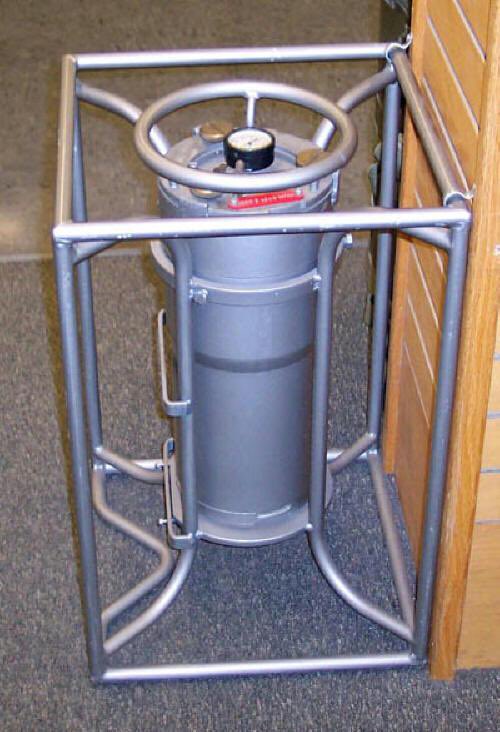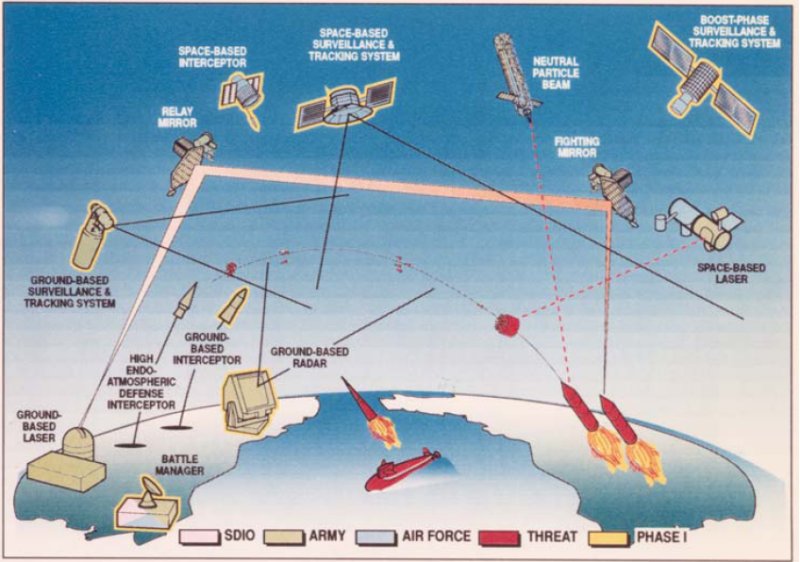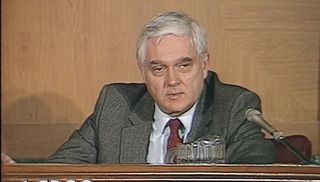
This morning in 1957, a B-47 departing Homestead AFB (~25 miles south of Miami, FL) on its way to an overseas alert base as part of a large exercise crashed and burned in a field ~3,800 feet from the end of the runway after one of its outrigger tires exploded just after takeoff. 

The crash and fire killed the four people aboard the B-47. Inside the bomb bay, in ferry configuration, was either one Mark-15 (3.4 Megatons) or one Mark-39 (3.8 Megatons) thermonuclear bomb. One plutonium capsule in an M-102 “birdcage” was also in the crew compartment. 



The “birdcage” was retrieved intact before the wreckage was engulfed in flames, but the bomb was enveloped in flames and burned for about four hours, during which time two low-order high explosive detonations occurred. The intense heat melted the plutonium pit inside the casing. 

Approximately half the bomb burned in the fire. Although severely charred and mangled, all its components were identifiable except for the tail fins. The bomb was subsequently shipped to the AEC’s Iowa Army Ordnance Plant in Burlington, Iowa, for dismantlement and disposal. 



The Mark-15, first deployed in 1955, was designed at Los Alamos and was the first “lightweight” US thermonuclear bomb. The Mark-39 was a physically similar but improved version of the Mark-15.
CLARIFICATION: per this account from @CobraBall3, the B-47’s destination that day was an air base in Libya and the right outrigger tire did not explode but was in fact deflated prior to takeoff, “reducing the airplane’s ability to accelerate properly.”
https://twitter.com/CobraBall3/status/1447582307448147970?s=20
• • •
Missing some Tweet in this thread? You can try to
force a refresh




























